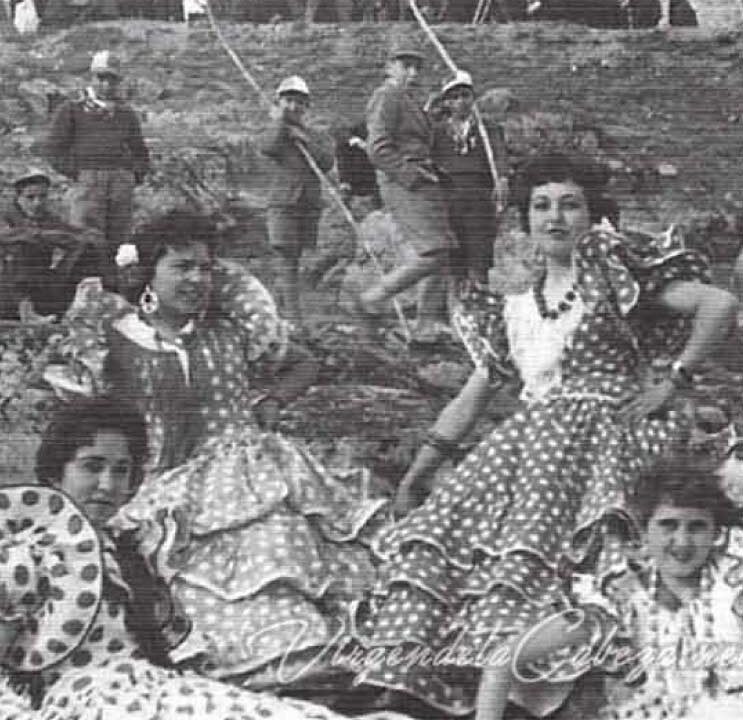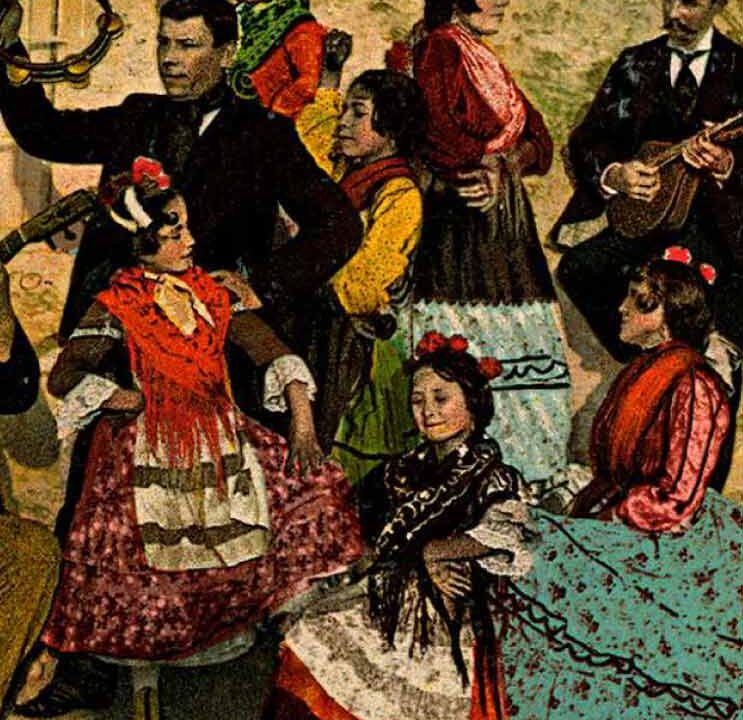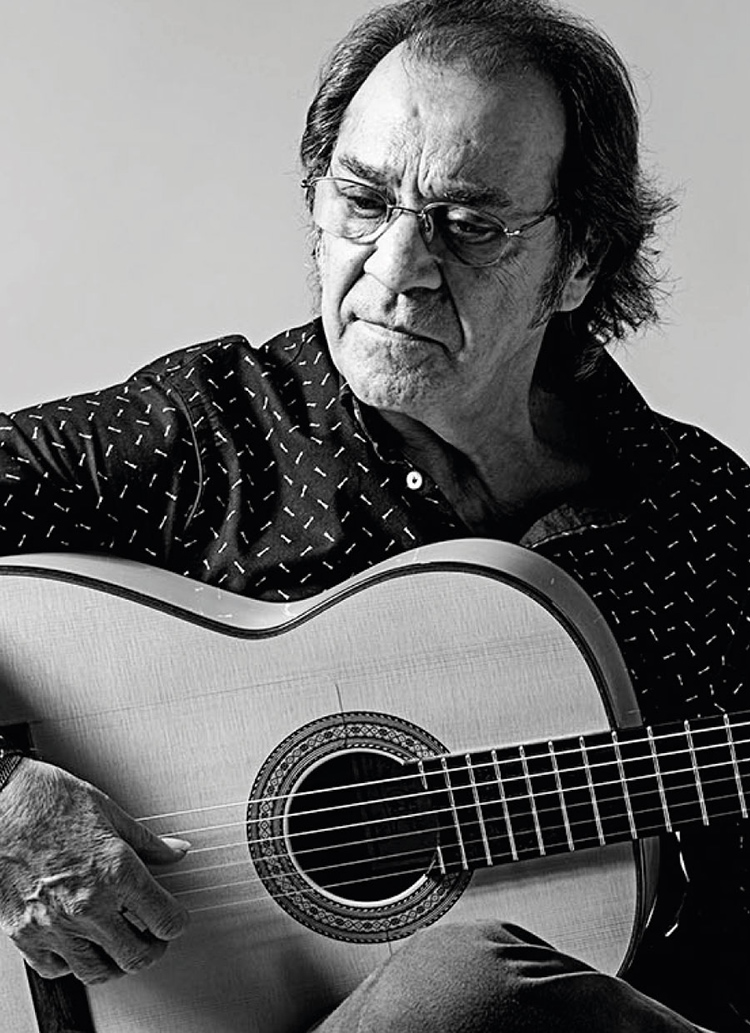
Flamenco guitar in Granada and the Habichuela family
March 17, 2023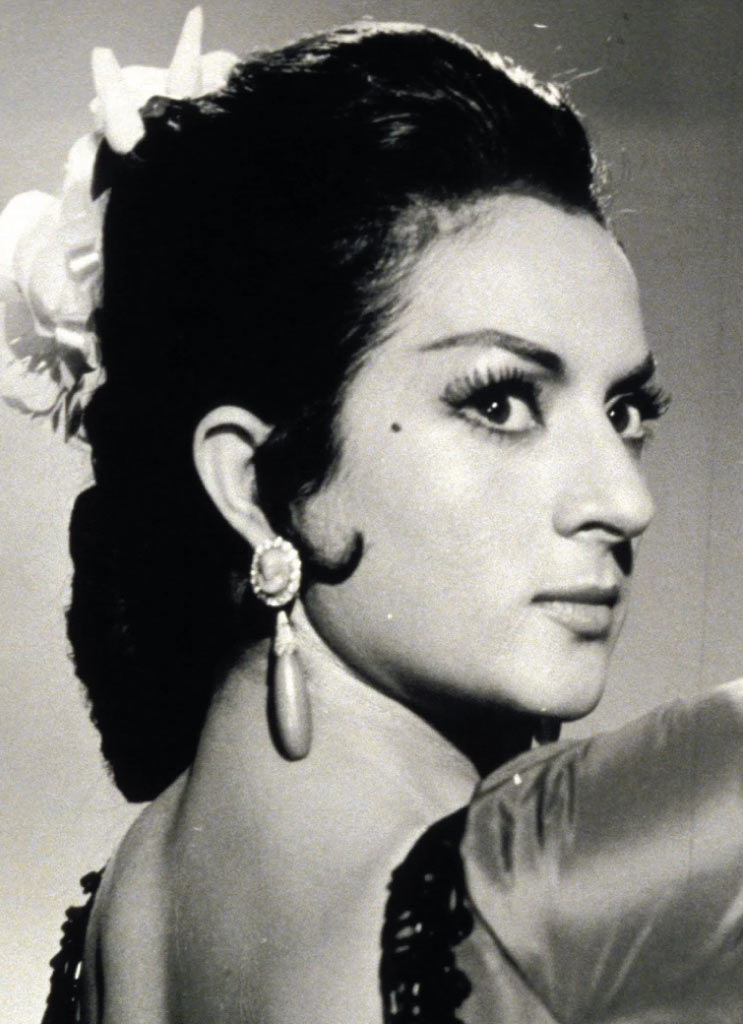
Lola Flores, 100 years of living flamenco history
May 23, 2023Flamenco cante jondo: primitive Andalusian singing.
When people think of flamenco, it is usually associated with Andalusia, in a joyful, colorful way, with flamenco dancing and singing. However, this representation of flamenco is not entirely accurate: flamenco has a tragic and dramatic side based on lament, which is expressed through cante jondo.
What is flamenco cante jondo?
Flamenco cante jondo is a type of flamenco that is characterized by a marked tragic and dramatic character, and in which the singers express their deepest feelings through music, in a performance in which the lament becomes an emotional thread of the "palos" (forms).
The origin of cante jondo goes back centuries in Andalusia, and, like all flamenco, it is not known exactly when or how it originated, although all theories point to the Andalusian gypsy people, influenced by the Arab and Jewish culture that coexisted in the region at the time. Although there is another less popular theory, and that is that flamenco singing is influenced by the liturgical chants that were performed in Spanish churches at the time.
Flamenco cante jondo has its own characteristics and is usually divided into cantes grandes and cantes chicos.
The cantes grandes are deep and dramatic, and their lyrics reflect anguish and pain. They are composed of tonás, seguiriyas, soleares and tarantos, which form the four fundamental columns of flamenco singing.
On the other hand, the so-called cantes chicos reflect more mundane themes, such as humor, happiness or love, and are more based on improvisation and in a much more festive atmosphere. They are usually called this way because it is understood that their interpretation requires much less drama. In this group are the tangos, bulerias or the cantes de ida y vuelta like the guajira or the colombianas.
Improvisation and feeling are two main characteristics of flamenco cante jondo. The structure of cante jondo is characterized by the repetition of a note, seeking to give dynamism and action to the connection that arises between the guitar and the cantaor. The singing is interspersed with the 'quejíos' typical of flamenco, which the singer introduces improvisationally throughout the performance.
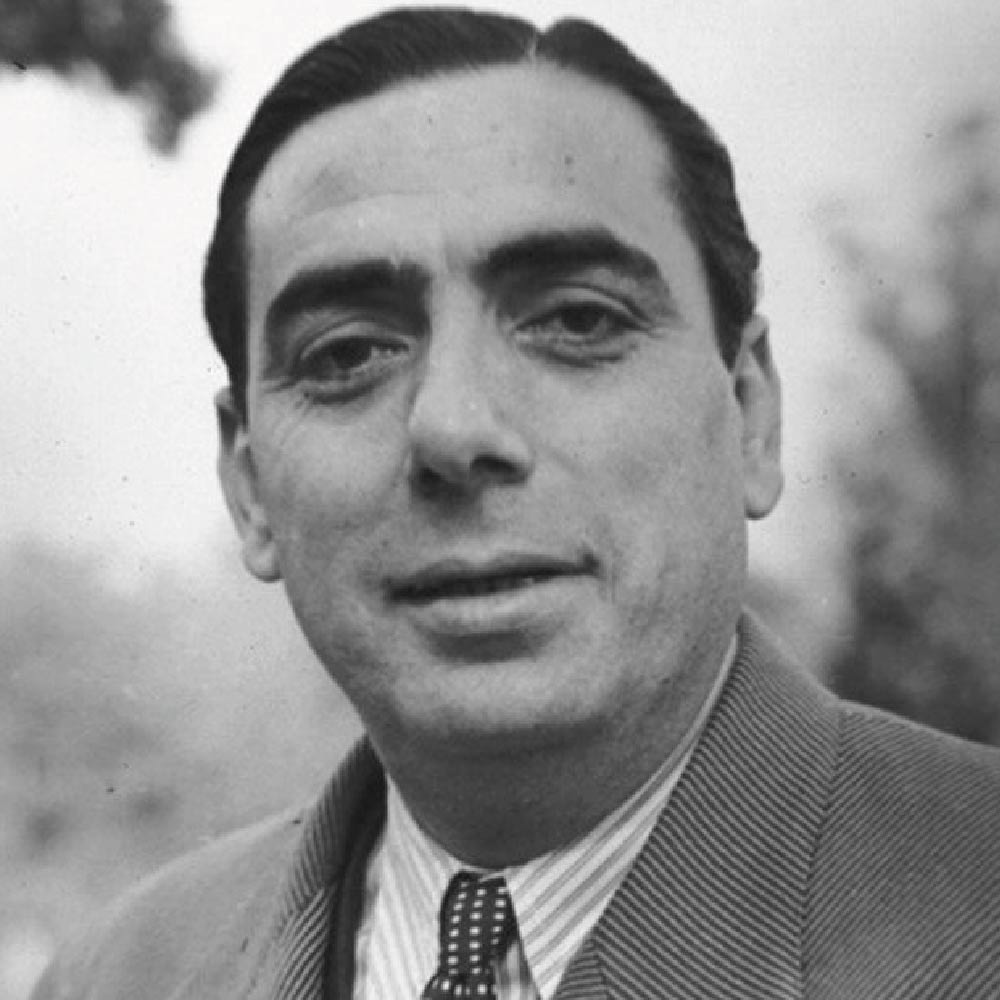

The tonás in flamenco.
The toná is one of the most important compositions of flamenco cante jondo. It originated in the 18th century and is an adaptation of the Castilian romances that were developed by the Andalusian gypsies to become a flamenco song. All tonás have the same melodic tonality, but differ in the lyrics.
Currently, the classification is limited to three types: the toná grande, the toná chica and the toná del Cristo. Although tonás are not commonly performed by today's cantaores, they are the origin of other palos that are much more commonly performed today, as the origin of a large group of palos that have developed over time.
The importance of the flamenco guitar in flamenco singing.
The guitar is another important element of flamenco cante jondo. Together with the cantaor, it becomes the main protagonist. The guitar dialogues with the cantaor and melodically fills in the pauses in which he breathes, preparing him to sing again.
Main artists of the cante jondo.
There are numerous flamenco artists who have dedicated themselves to expressing themselves through cante jondo within the flamenco genre, some of them being the most internationally recognized. In this article we will highlight some of them.
Manolo Caracol, whose real name was Manuel Ortega Juárez, was a flamenco singer born in Seville in 1909 and died in Madrid in 1973 in a traffic accident. He is known for his interpretations of the fandango and zambra, and was a popular figure during his career. In 1922, he won a prize at the Cante Jondo de Granada Contest, organized by Federico García Lorca. He began singing at a very young age and earned his living at private parties before participating in shows and films, often forming an artistic partnership with Lola Flores. In 1963, he opened the tablao Los Canasteros, which he would dedicate the rest of his life to.
Bernarda de Utrera, whose real name was Bernarda Jiménez Peña, was born in Utrera in 1927 and was a singer and member of a family of flamenco artists. After a period singing at gatherings and intimate parties, she made her professional debut with her sister Fernanda de Utrera, with whom she continued to perform throughout her career. In 1957, she began performing at the Tablao Zambra in Madrid and, later, at El Corral de la Morería. In 1957, she was also awarded a prize for bulerías at the Concurso Nacional de Arte Flamenco de Córdoba. Throughout her career, she performed in numerous flamenco shows, including the Manuela Vargas ensemble and the Cumbre Flamenca de Madrid. She has recorded several albums and has excelled especially in bulerías songs and romances.
To better understand flamenco cante jondo, it is best to see it live, as this is the way to connect with the feelings that the artists convey to us. Our singers, Javier Flores, Miguelón Núñez, Juan Ángel Tirado or Estrella Fernández, interpret the cante jondo through the different palos in our flamenco show in Granada. One of the best flamenco shows in Granada according to the customers who visit us.


